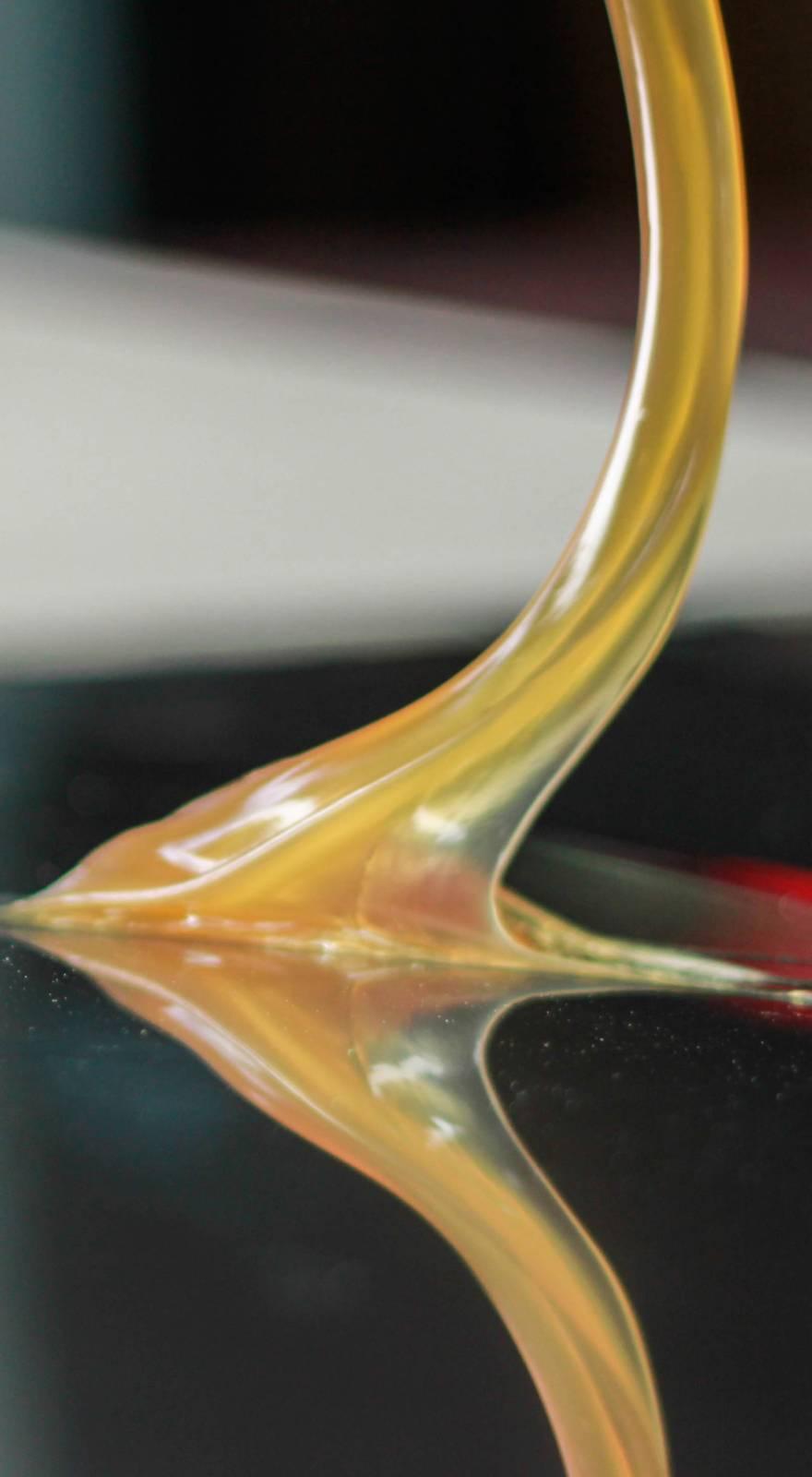Knowde Enhanced TDS
Identification & Functionality
- Chemical Family
- Polymer Name
- Plastics & Elastomers Functions
- Technologies
- Product Families
Applications & Uses
- Cure Method
Properties
- Appearance
- Amber liquid, White liquid
- Typical Properties
- Handling Properties
| Value | Units | Test Method / Conditions | |
| Hardness | 84 | Shore D | — |
| Glass Transition Temperature | 58 | ºC | — |
| Dielectric Strength (25ºC) | 400 | volt/mil | — |
| Dielectric Constant (1 mHz) (25ºC) | 4.4 | — | — |
| Dissipation Factor (1 mHz) (25ºC) | 0.022 | — | — |
| Volume Resistivity (25ºC) | 1.0 x 10^14 | ohm-cm | — |
| Thermal Conductivity | 1.15 x 10^3 | cal cm/sec/cm2/ºC | — |
| Coefficient of Thermal Expansion (-40 – 110ºC) (in/in ºC) | 76.5 x 10^6 | — | — |
| Coefficient of Thermal Expansion (120 – 180ºC) (in/in ºC) | 144 x 10^6 | — | — |
| Viscosity (25ºC) (Part A) | 14500 | cps | — |
| Mixed Visc (25ºC) (Part A) | 2300 | cps | — |
| Density (PART A) | 12.8 | lbs./gal | — |
| Viscosity (25ºC) (Part B) | 250 | cps | — |
| Mixed Visc (25ºC) (Part B) | 2300 | cps | — |
| Density (Part B) | 7.9 | lbs./gal | — |
| Value | Units | Test Method / Conditions | |
| Mix Ratio by volume (Part A) | 100 | — | — |
| Mix Ratio by weight (Part A) | 100 | — | — |
| Gel Time (25ºC) (100 g) (PART A) | 160 | minutes | — |
| Mix Ratio by volume (Part B) | 30 | — | — |
| Mix Ratio by weight (Part B) | 19 | — | — |
| Gel Time (25ºC) (100 g) (PART B) | 160 | minutes | — |
Storage & Handling
- Handling and Mixing
LEECAST 29-192-1 can be mixed, de-aired, poured and cured at room temperature. Measure out Part A and B and mix thoroughly, scraping the sides and bottom of the container. The final mixed color is white. For void-free castings, de-air under vacuum and cast around components.
The gel time of LEECAST 29-192-1 depends on temperature and mass of material. Large masses and/or elevated temperatures will shorten the gel time. Cure can be accomplished at room temperature or with heat if faster cures are desired. Typical cure schedules for small masses are:
50oC 4 – 8 hours
80oC 1 – 2 hours- Shelf life
6 - 12 months

